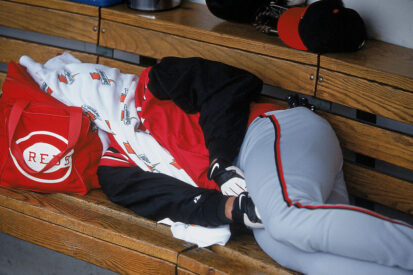Merriam-Webster’s Dictionary defines visualization as “the formation of mental visual images or the act or process of interpreting visual terms or of putting them into visible form.” You might read that and wonder “why would that be important to me?”. As an athlete, you can implement visualization as a training technique. Visualization is about creating mental scenes in your training. It can help you manage stress, reduce pressure, and master skills during competition. Athletes can use visualization in several ways, including the following:
Mental Rehearsal: This is where you can visualize yourself performing specific techniques, movements, or entire games in your mind. It can increase your readiness, confidence, resilience and focus. There are many pro athletes who utilize this tool. For example, Los Angeles Dodgers all-star pitcher Clayton Kershaw will do what is called “shadow pitching” where he will either go to the practice field or bullpen and pitch his game without even throwing the baseball.
Guided Imagery: This is a tool that athletes can use to visualize positive outcomes, such as things like winning a game, hitting a home run, or setting a personal record. Many top tier olympic athletes, like swimmer Michael Phelps and gymnast Simone Biles, talked about how guided imagery helped them prepare every day. “I picture myself executing my best performance over and over again in my mind,” Biles said. This guided imagery can help you think and focus on what success looks like to you.
You can use these tools of visualization for many different aspects of your game. Visualization can help with stress management. It creates a mental escape from the pressure of competition. You can use it to calm your body and mind before competition. Athletes can also use visualization to help them heal or recover from an injury. You might be hurt, but you can utilize visualization to allow you to work on mastering skills in your head, building your confidence, and being mentally prepared when you come back from injury. Visualization can also help you set goals. You can visualize next steps are necessary and what success might look to you. Don’t be afraid to utilize visualization in your training to help better prepare you for challenges, overcome mental barriers, and to develop positive thoughts. It may seem weird at first, but overtime with regular practice, you will become better at creating vivid and realistic images that focus on your desired outcomes!









